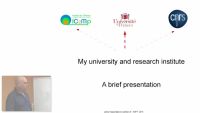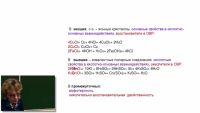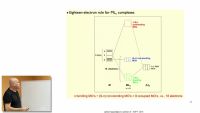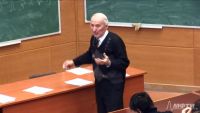
Список лекций34
Applications of crystal orbit theory: Polyactelyne and Peierls distorsion, bulk metal and surface model.
Short reviewing of basic bonding concepts: electron counting and Lewis structures, VSEPR theory, Zintl - Klemm consepts. Its applications in solid state chemistry and limitations.
Octet rule for main group elements. 18-electron rule for transition metal complexes.
18-electron rule for transition metal complexes: the exception (16-electron rule for square planar ML_4), MLn fragments as building units and isolobal analogy, electron count in molecular transition bimetallic complexes and a quadruple bond.
Electron-deficient / electron-rich systems: the quest of H^{+}_{3}, geometry and stability for H^{+}_{3} (and H^{-}_{3}). Other electron-deficient systems.
Electron counting and structure rationalisation in clusters: electron-deficient clusters, applications.
Explanation of square planar structure of C_{4}H_{4}. Building of Walsh diagram and interaction diagram for cyclic H_4. A Jahn - Teller distortion.
Вычисление статсуммы вращательного движения. Вычисление статсуммы колебательного движения. Вклад вращения и колебаний в энтропию.
Разбор задачи с предыдущей лекции. Второй закон термодинамики. Энтропия. Уравнение Гиббса. Задача.












